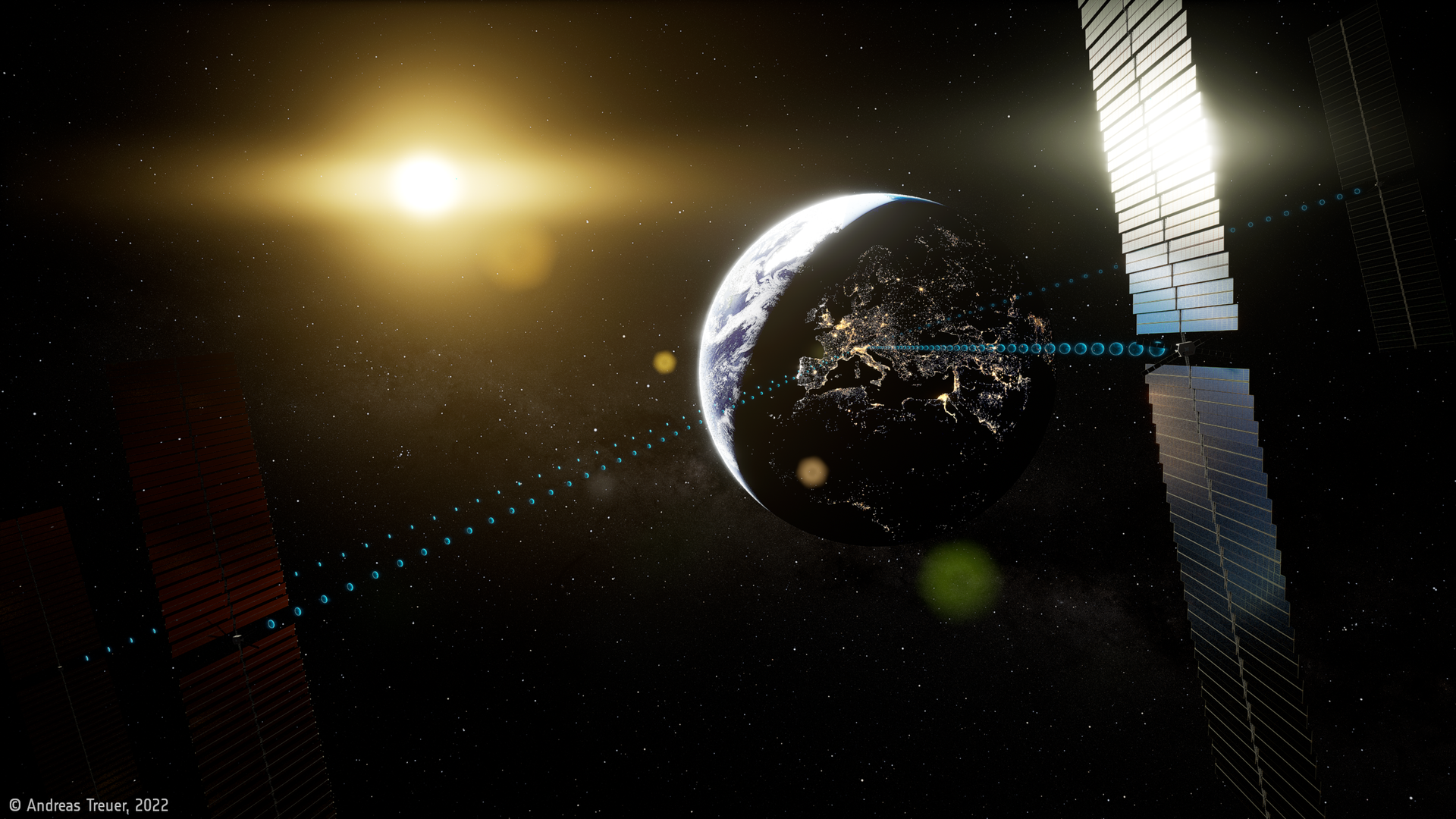The exploration of space has always captivated the imagination of humanity. From the moon landing to the recent Mars rover missions, space exploration has pushed the boundaries of what we thought was possible. But what if space could also be the next frontier for renewable energy? Enter thin-film solar technology, a promising innovation that could revolutionize how we harness solar power in space. In this article, we will explore the potential of thin-film solar technology in space, its advantages, challenges, and its implications for the future of renewable energy.

Understanding Thin-Film Solar Technology
Before we delve into the potential of thin-film solar technology in space, let’s first understand what it is. Thin-film solar technology refers to the use of thin layers of semiconductors to convert sunlight into electricity. Unlike traditional silicon-based solar panels, which are rigid and heavy, thin-film solar panels are lightweight, flexible, and can be produced at a lower cost. This makes them an ideal candidate for space missions where weight and cost are critical factors.
Advantages of Thin-Film Solar Technology in Space
- Lightweight and Flexible Design: One of the key advantages of thin-film solar technology in space is its lightweight and flexible design. Traditional solar panels are bulky and rigid, making them difficult to transport and deploy in space. Thin-film solar panels, on the other hand, can be rolled up or folded, allowing for easy transportation and deployment.
- Cost-Effectiveness: Another advantage of thin-film solar technology is its cost-effectiveness. Traditional silicon-based solar panels require expensive materials and complex manufacturing processes. Thin-film solar panels, on the other hand, can be produced using inexpensive materials and simple manufacturing techniques, reducing the overall cost of production.
- Higher Efficiency in Low-Light Conditions: Thin-film solar panels have been found to perform better in low-light conditions compared to traditional solar panels. This is particularly important in space, where sunlight is not as abundant as on Earth. The higher efficiency of thin-film solar panels in low-light conditions could significantly increase the amount of energy that can be harvested in space.
Challenges of Thin-Film Solar Technology in Space
While thin-film solar technology holds great promise for space exploration, there are also several challenges that need to be addressed. These challenges include:
- Radiation Exposure: Space is filled with high levels of radiation, including cosmic rays and solar flares. These radiation levels can be damaging to electronics and solar panels. Thin-film solar panels need to be designed and tested to withstand the harsh radiation environment of space.
- Temperature Extremes: Space is characterized by extreme temperatures, ranging from freezing cold to scorching heat. Thin-film solar panels need to be able to withstand these temperature extremes without compromising their performance.
- Longevity and Durability: Space missions can last for several years, and the solar panels used on these missions need to be durable and long-lasting. Thin-film solar panels need to be able to withstand the rigors of space travel and maintain their efficiency over an extended period.

Applications of Thin-Film Solar Technology in Space
1. Powering Satellites and Spacecraft
One of the most immediate applications of thin-film solar technology in space is powering satellites and spacecraft. Satellites rely on solar power to generate electricity for communication systems, scientific instruments, and other onboard equipment. Thin-film solar panels can provide a lightweight and efficient solution for powering these satellites, enabling longer missions and increased functionality.
2. Space-Based Solar Power
Space-based solar power is a concept that involves capturing solar energy in space and transmitting it back to Earth using microwave or laser beams. Thin-film solar technology could play a crucial role in this ambitious project. The lightweight and flexible nature of thin-film solar panels make them an ideal candidate for space-based solar power, as they can be easily deployed in large arrays and transported to space more efficiently.
3. Lunar and Martian Colonization
As humanity sets its sights on establishing colonies on the Moon and Mars, the need for sustainable sources of energy becomes crucial. Thin-film solar technology could be a game-changer in this regard. By harnessing the power of the sun, thin-film solar panels could provide a renewable source of energy for lunar and Martian habitats, reducing reliance on traditional fuel-based power systems.
The Future of Thin-Film Solar Technology in Space
The potential of thin-film solar technology in space is vast, and ongoing research and development efforts are pushing the boundaries of what is possible. As technology advances and the challenges are overcome, we can expect to see even more innovative applications of thin-film solar technology in space. From powering space stations to enabling interplanetary exploration, thin-film solar panels could become an integral part of the future of space travel and renewable energy.
In conclusion, thin-film solar technology has the potential to revolutionize how we harness solar power in space. Its lightweight and flexible design, cost-effectiveness, and higher efficiency in low-light conditions make it an ideal candidate for space missions. However, challenges such as radiation exposure, temperature extremes, and longevity need to be addressed to fully unlock its potential. With further research and advancements, thin-film solar technology could pave the way for a sustainable and renewable future in space exploration.
